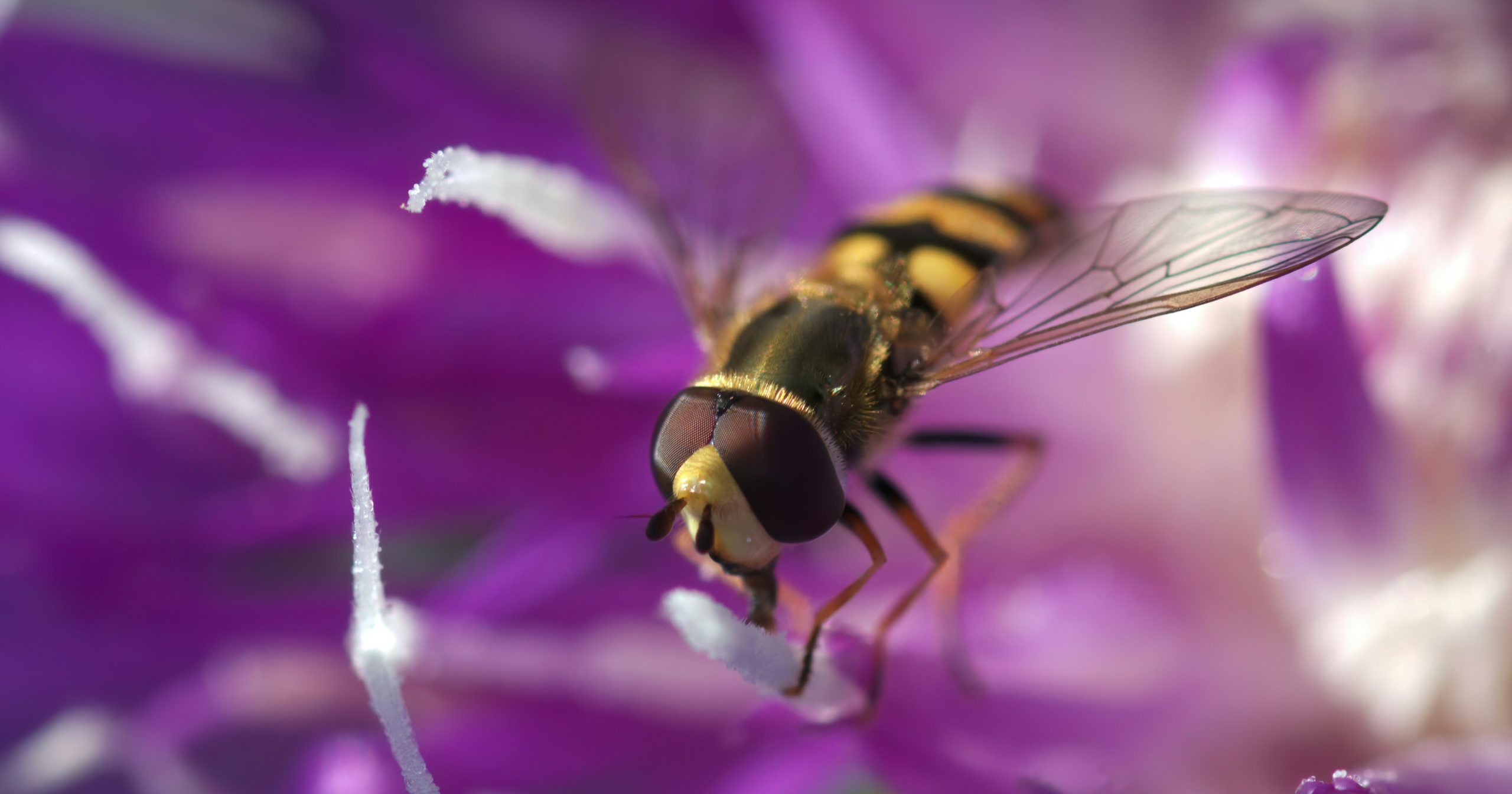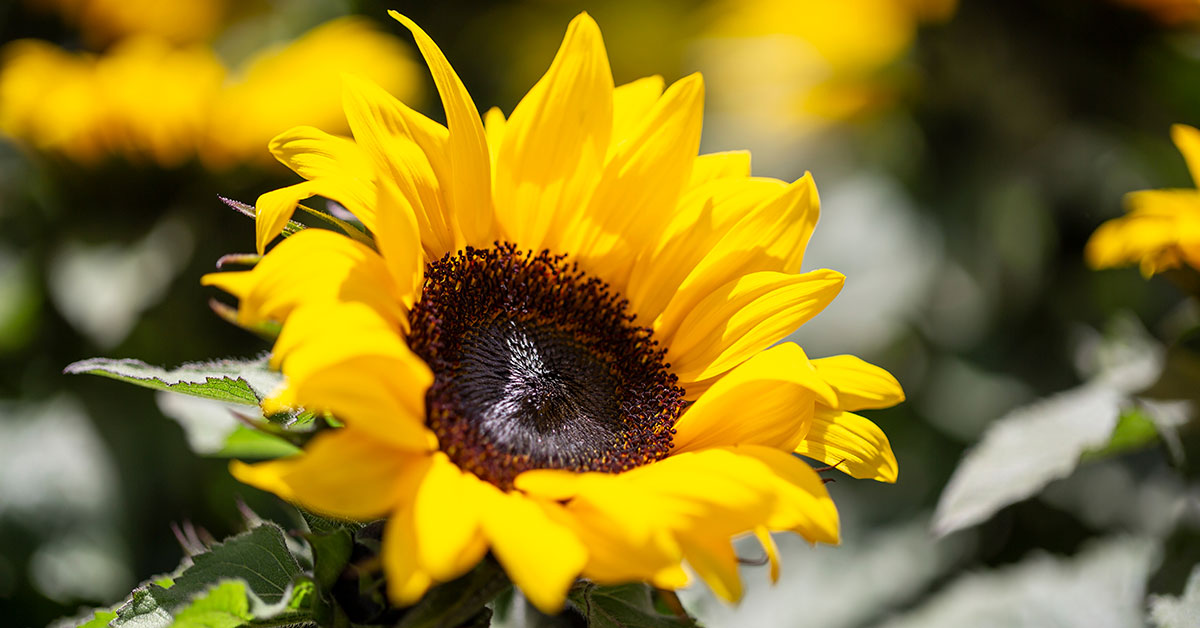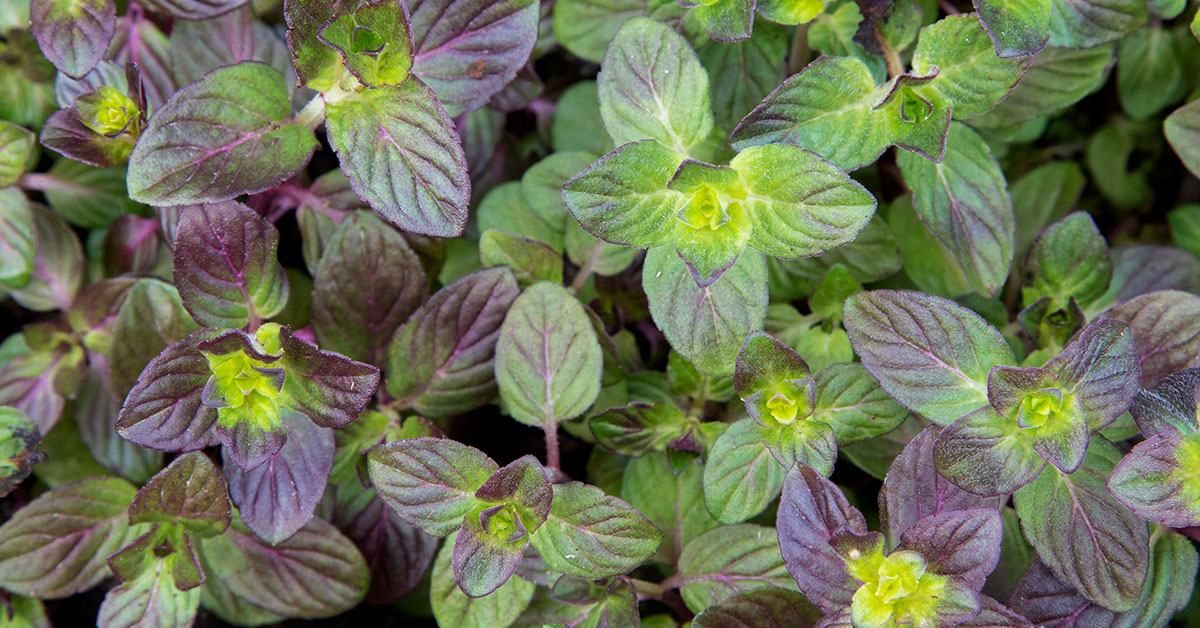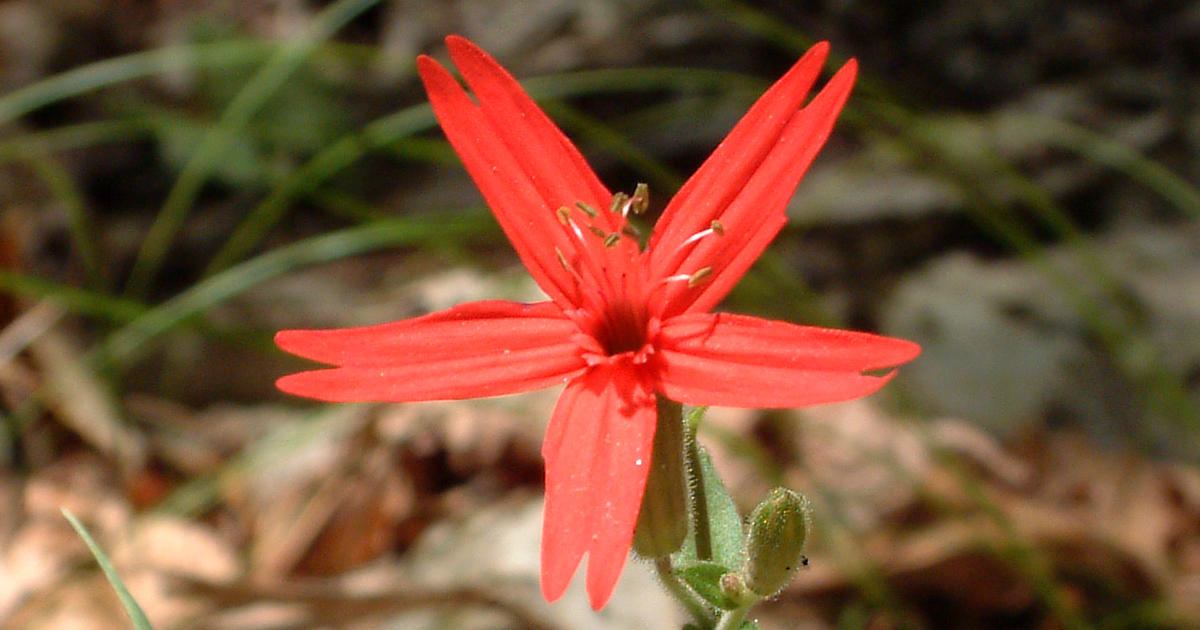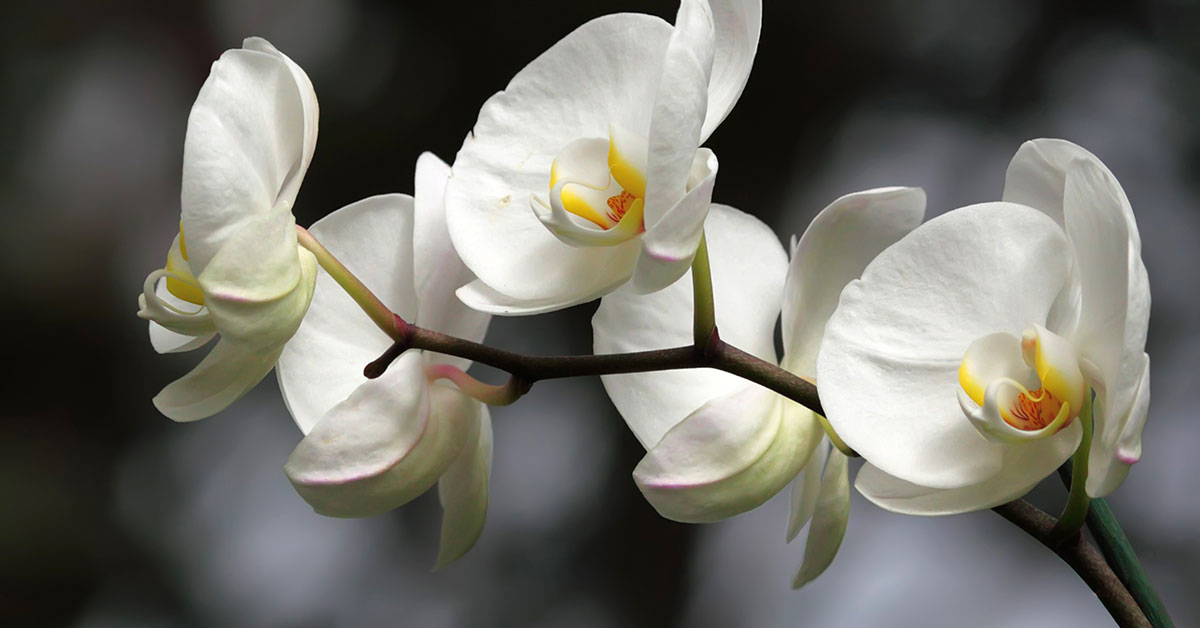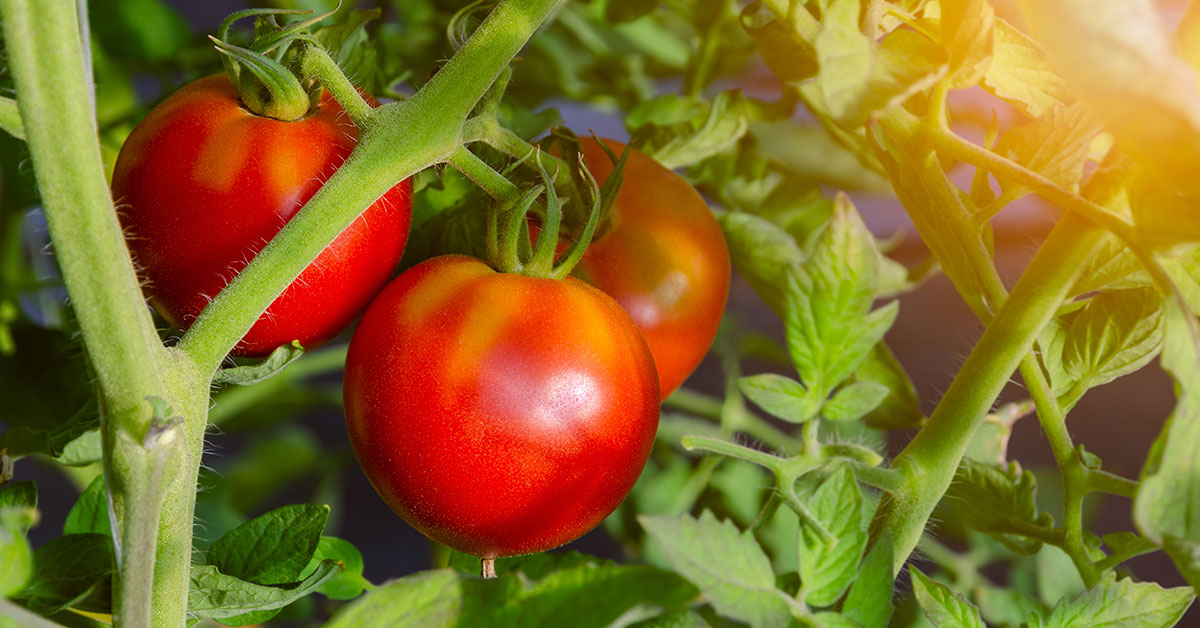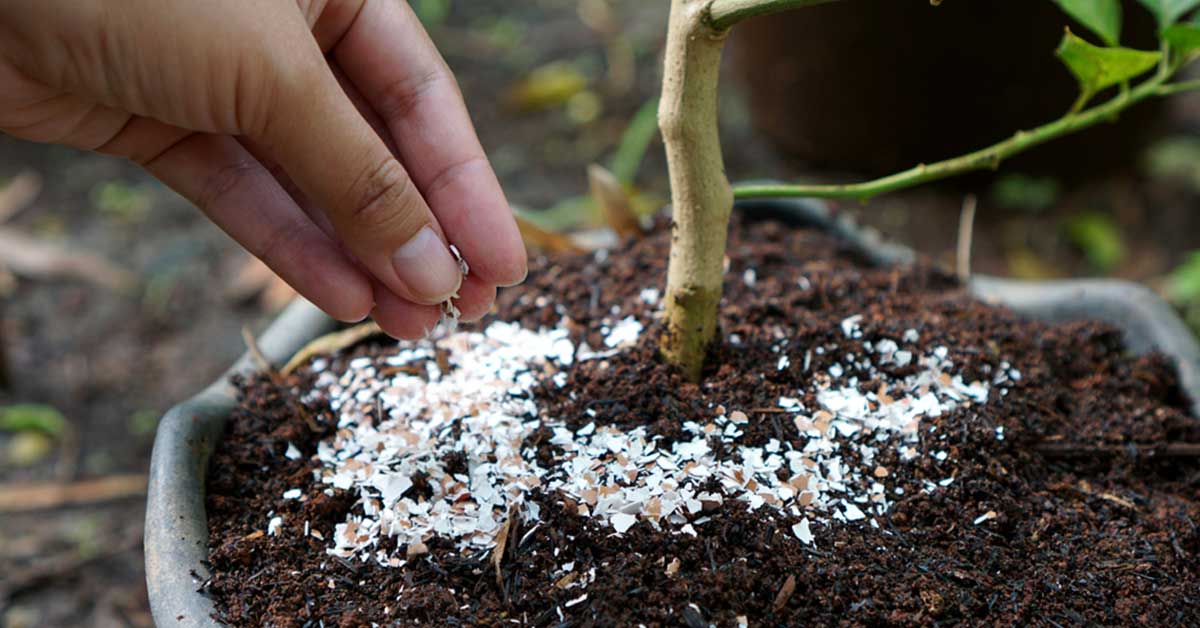Creating a garden that attracts hummingbirds is a delightful way to enjoy these beautiful, energetic birds up close. Hummingbirds are drawn to vibrant, nectar-rich flowers, making certain annuals perfect choices for your garden. These plants not only bring color and life to your garden but also provide the sustenance hummingbirds need during their long migrations.
In this article, I’ll introduce you to ten annual flowers that are particularly attractive to hummingbirds. These selections include a mix of common favorites and unique finds, ensuring a diverse and captivating garden. Let’s explore these nectar-rich blooms and see how they can transform your garden into a hummingbird haven!
Salvia
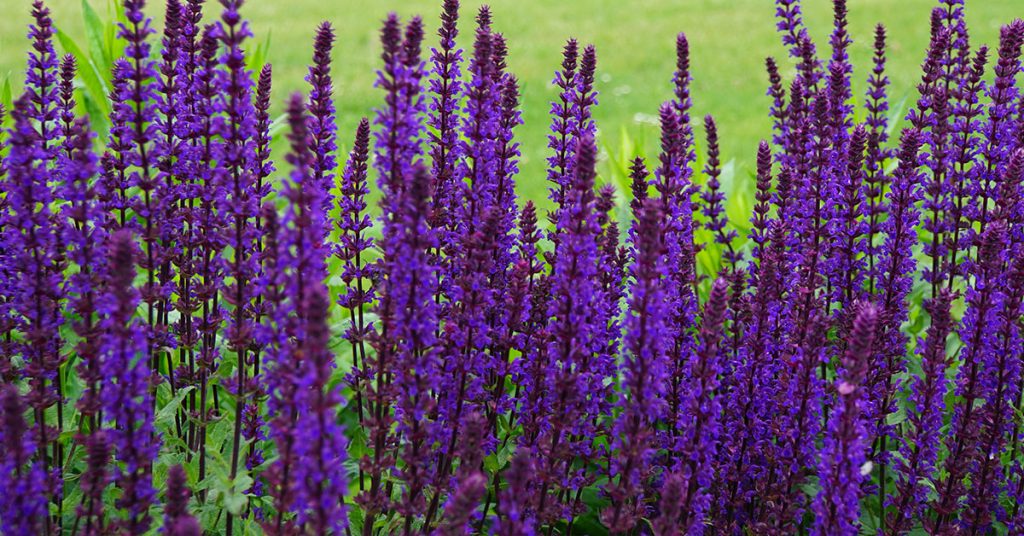
Salvia is a fantastic annual for attracting hummingbirds with its vibrant, tubular flowers. Available in various colors such as red, purple, blue, and white, salvia blooms from late spring to fall, providing a long-lasting nectar source. Its tall spikes of flowers are easy for hummingbirds to access, making it a garden favorite.
I love planting salvia in my garden because it’s low-maintenance and drought-tolerant once established. Salvia thrives in full sun and well-drained soil, making it perfect for borders and containers. The continuous blooms and vibrant colors of salvia keep my garden lively and hummingbird-friendly throughout the growing season.
Nasturtium
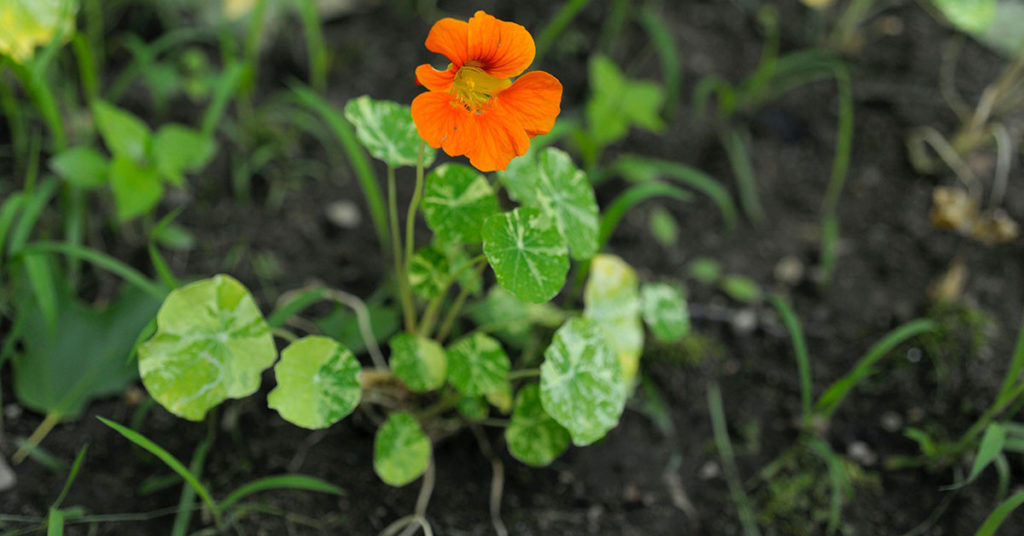
Nasturtiums are charming annuals with bright, peppery-scented flowers that hummingbirds adore. These flowers come in shades of red, orange, yellow, and cream, blooming from late spring to early fall. Nasturtiums have a trailing habit, making them ideal for hanging baskets, window boxes, and garden edges.
One of my favorite aspects of nasturtiums is their dual purpose as both ornamental plants and edible flowers. Their leaves and blooms add a spicy flavor to salads, while their nectar-rich flowers attract hummingbirds. Nasturtiums thrive in full sun to partial shade and poor, well-drained soil, making them a versatile and attractive addition to any garden.
Cuphea
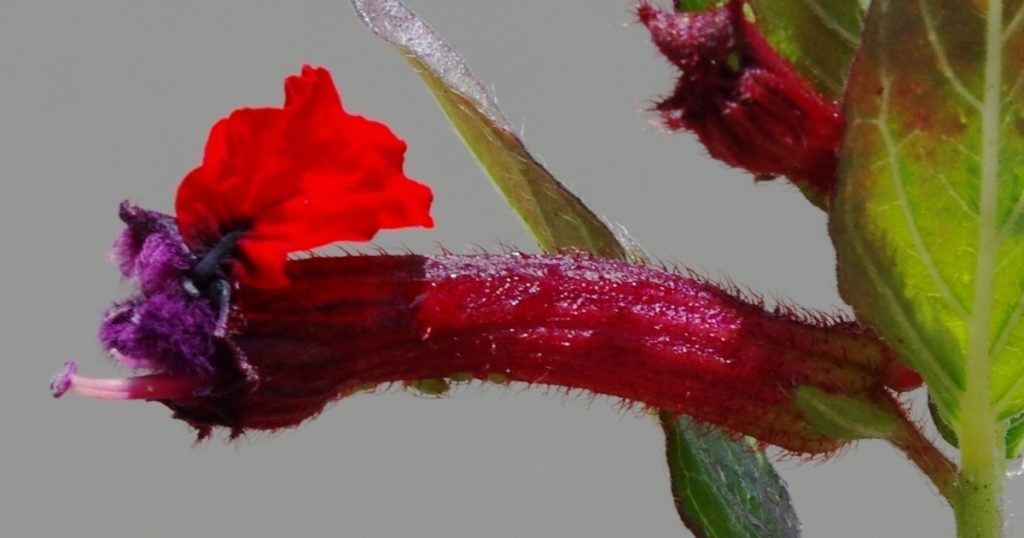
Cuphea, also known as cigar plant or firecracker plant, is a unique annual that produces tubular flowers in vibrant shades of red, orange, and purple. Blooming from late spring to fall, cuphea’s unusual flowers are highly attractive to hummingbirds. The plant’s bushy habit and continuous blooms make it a standout in the garden.
I love how cuphea adds an exotic touch to my garden with its striking flowers and dense foliage. It thrives in full sun and well-drained soil, and it’s relatively drought-tolerant once established. Cuphea’s ability to attract hummingbirds and its unique appearance make it a fascinating choice for gardeners looking to create a lively and colorful landscape.
Fuchsia

Fuchsia is a stunning annual known for its pendant, two-toned flowers that hang gracefully from trailing stems. These flowers come in shades of red, pink, purple, and white, blooming from late spring to fall. Fuchsia’s nectar-rich blooms are a magnet for hummingbirds, making it an excellent choice for hanging baskets and shaded garden areas.
I adore fuchsia for its elegant, drooping flowers that add a touch of sophistication to my garden. It thrives in partial to full shade and moist, well-drained soil, making it perfect for cooler, shaded spots. The continuous blooms and vibrant colors of fuchsia create a beautiful and hummingbird-friendly garden space.
Tithonia
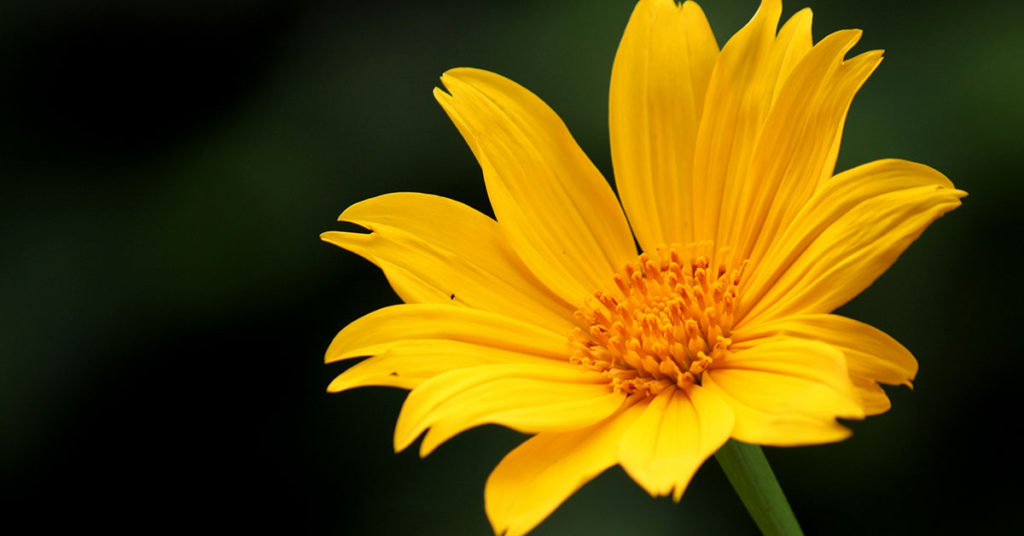
Tithonia, also known as Mexican sunflower, is a bold annual with large, daisy-like flowers in bright orange and red hues. Blooming from midsummer to fall, tithonia’s tall, sturdy stems and vibrant flowers are irresistible to hummingbirds. This plant’s impressive height and vibrant blooms make it a striking addition to any garden.
I love planting tithonia for its dramatic presence and ability to attract pollinators, including hummingbirds and butterflies. It thrives in full sun and well-drained soil, and it’s relatively drought-tolerant once established. Tithonia’s bold colors and tall growth habit create a dynamic and lively garden display.
Zinnia
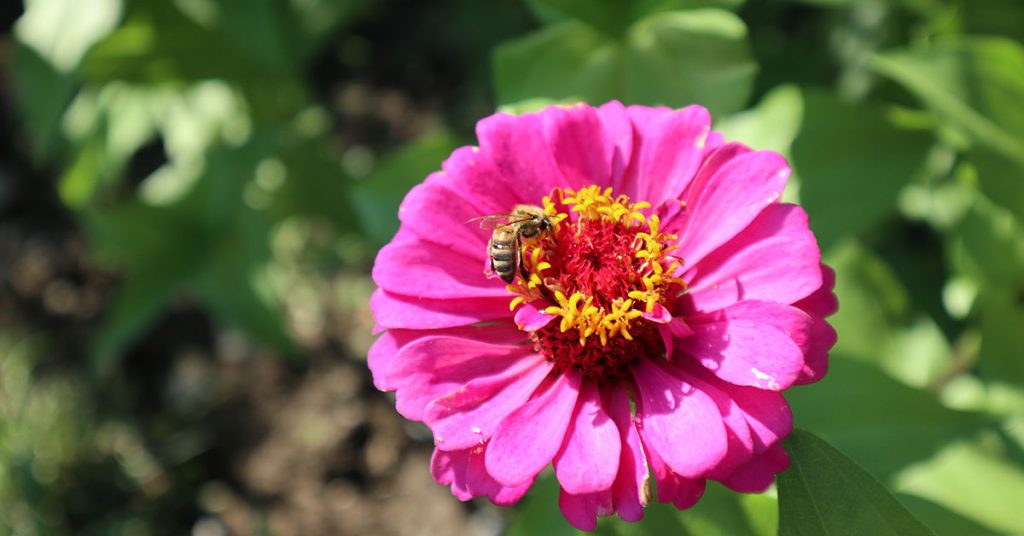
Zinnias are popular annuals known for their bright, cheerful flowers that come in a wide range of colors, including red, pink, orange, yellow, and white. Blooming from early summer to fall, zinnias’ vibrant blooms and easy accessibility make them a favorite for hummingbirds. Their long-lasting flowers are perfect for cutting gardens and mixed borders.
I appreciate zinnias for their resilience and ease of care. They thrive in full sun and well-drained soil, and they’re drought-tolerant once established. Zinnias’ continuous blooms and diverse color palette add a lively and colorful touch to my garden, attracting hummingbirds and other pollinators throughout the growing season.
Cleome
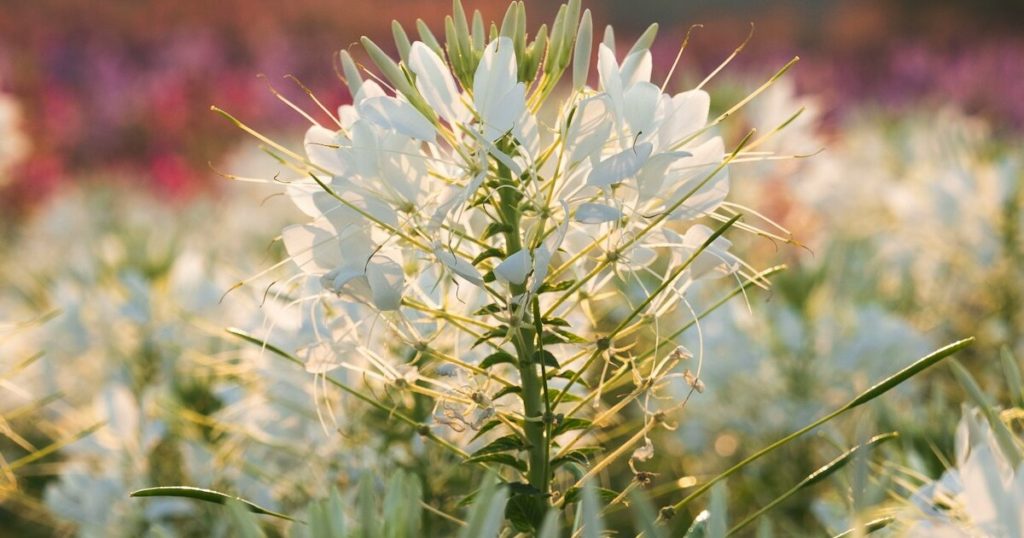
Cleome, also known as spider flower, is an intriguing annual with tall, spiky clusters of flowers in shades of pink, purple, white, and lavender. Blooming from early summer to fall, cleome’s unique flowers and tall stems are highly attractive to hummingbirds. This plant’s airy, open habit adds a touch of elegance to the garden.
I love the unusual appearance of cleome and its ability to attract hummingbirds and other pollinators. It thrives in full sun and well-drained soil, and it’s relatively low-maintenance once established. Cleome’s striking blooms and tall growth habit make it a standout addition to garden beds and borders.
Verbena
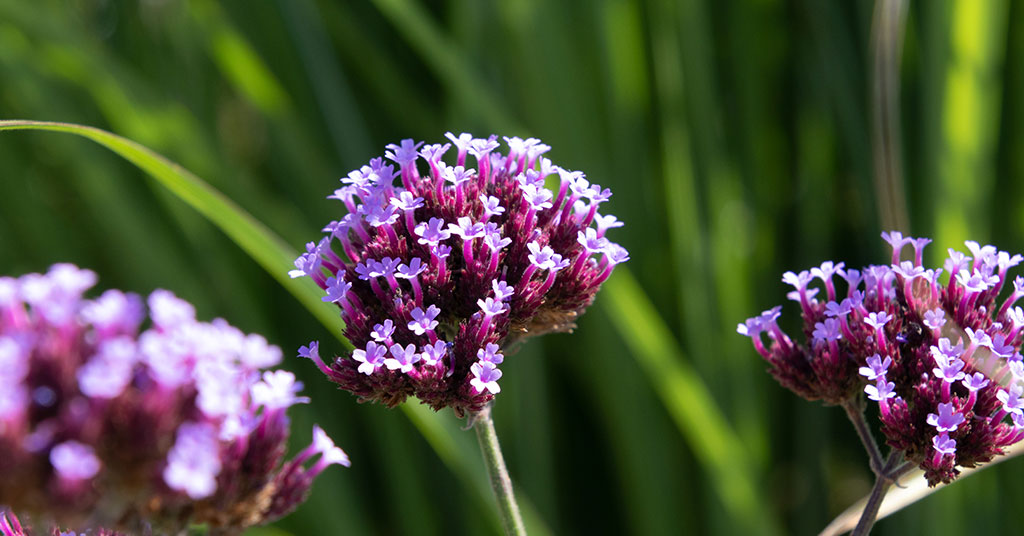
Verbena is a versatile annual that produces clusters of small, tubular flowers in shades of red, pink, purple, and white. Blooming from late spring to fall, verbena’s continuous blooms and easy access to nectar make it a favorite for hummingbirds. This plant’s spreading habit makes it ideal for ground covers, hanging baskets, and containers.
I enjoy planting verbena for its long-lasting blooms and low-maintenance nature. It thrives in full sun and well-drained soil, and it’s drought-tolerant once established. Verbena’s vibrant flowers and trailing habit create a lush and colorful garden space that’s perfect for attracting hummingbirds.
Lantana
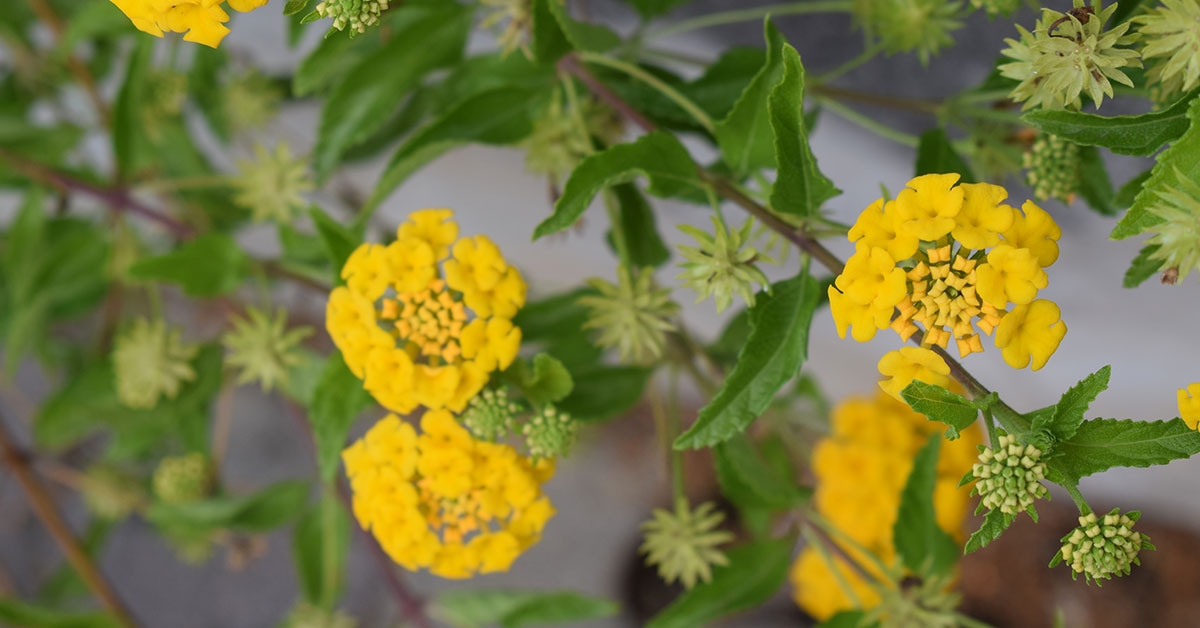
Lantana is a hardy annual with clusters of small, tubular flowers in vibrant shades of red, orange, yellow, pink, and purple. Blooming from late spring to fall, lantana’s continuous blooms and rich nectar attract hummingbirds and butterflies. This plant’s tough nature and vibrant colors make it a valuable addition to any garden.
I love lantana for its ability to thrive in hot, dry conditions and its long-lasting blooms. It thrives in full sun and well-drained soil, and it’s relatively low-maintenance once established. Lantana’s bright colors and resilience make it a fantastic choice for creating a lively and hummingbird-friendly garden.
Nicotiana
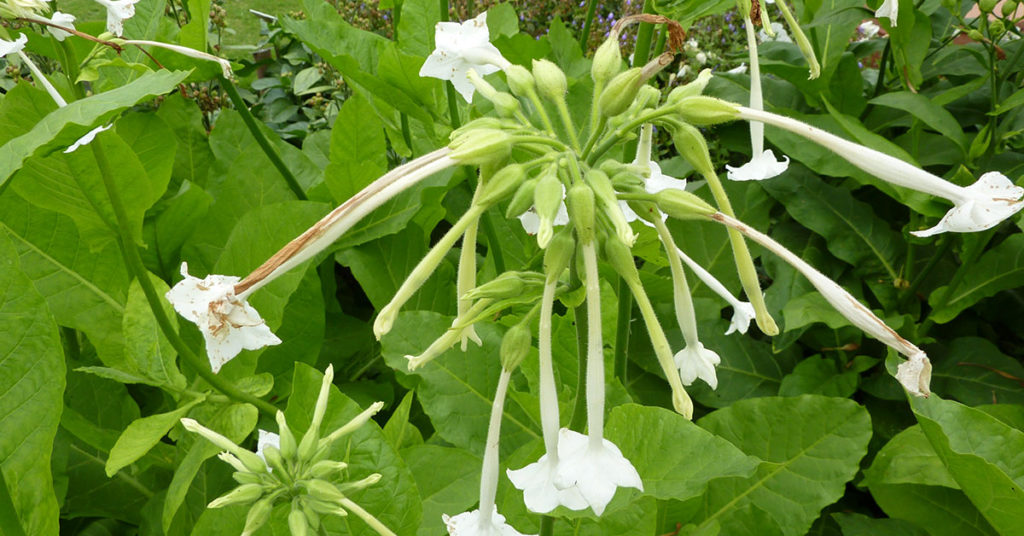
Nicotiana, also known as flowering tobacco, is an annual with fragrant, tubular flowers in shades of white, pink, red, and green. Blooming from late spring to fall, nicotiana’s evening-scented blooms are particularly attractive to hummingbirds. This plant’s tall, airy habit and fragrant flowers add a touch of elegance to the garden.
I enjoy the sweet fragrance of nicotiana and its ability to attract hummingbirds to my garden. It thrives in full sun to partial shade and well-drained soil, making it versatile for different garden settings. Nicotiana’s continuous blooms and delightful scent create a welcoming and hummingbird-friendly garden space.



